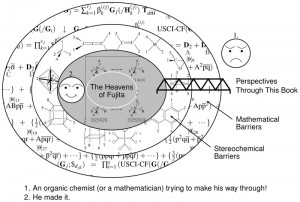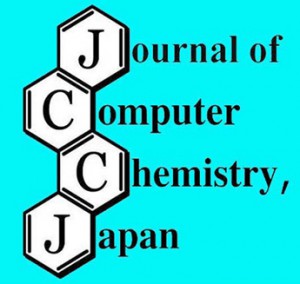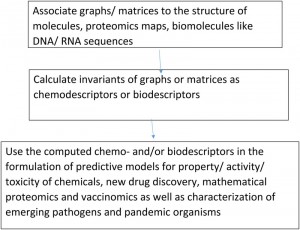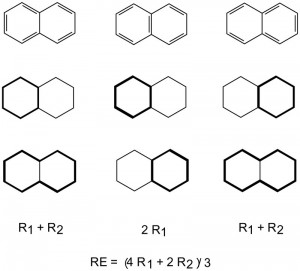[Published online Journal of Computer Chemistry, Japan Vol.16, 52-57, by J-STAGE]
<Title:> Mathematical Stereochemistry as the Theoretical Foundations of Organic and Inorganic Chemistry
<Author(s):> Shinsaku FUJITA
<Corresponding author E-Mill:> shinsaku_fujita(at)nifty.com
<Abstract:> Mathematical stereochemistry is discussed by surveying books written on Fujita’s USCI (unit-subduced-cycle-index) approach, Fujita’s proligand method, Fujita’s stereoisogram approach, and related matters from a viewpoint of developing an interdisciplinary chemistry/mathematics field.
<Keywords:> Stereochemistry, Sphericity, Enumeration, USCI, Stereoisogram
<URL:> https://www.jstage.jst.go.jp/article/jccj/16/2/16_2017-0002/_article/-char/ja/
<Title:> Mathematical Stereochemistry as the Theoretical Foundations of Organic and Inorganic Chemistry
<Author(s):> Shinsaku FUJITA
<Corresponding author E-Mill:> shinsaku_fujita(at)nifty.com
<Abstract:> Mathematical stereochemistry is discussed by surveying books written on Fujita’s USCI (unit-subduced-cycle-index) approach, Fujita’s proligand method, Fujita’s stereoisogram approach, and related matters from a viewpoint of developing an interdisciplinary chemistry/mathematics field.
<Keywords:> Stereochemistry, Sphericity, Enumeration, USCI, Stereoisogram
<URL:> https://www.jstage.jst.go.jp/article/jccj/16/2/16_2017-0002/_article/-char/ja/





